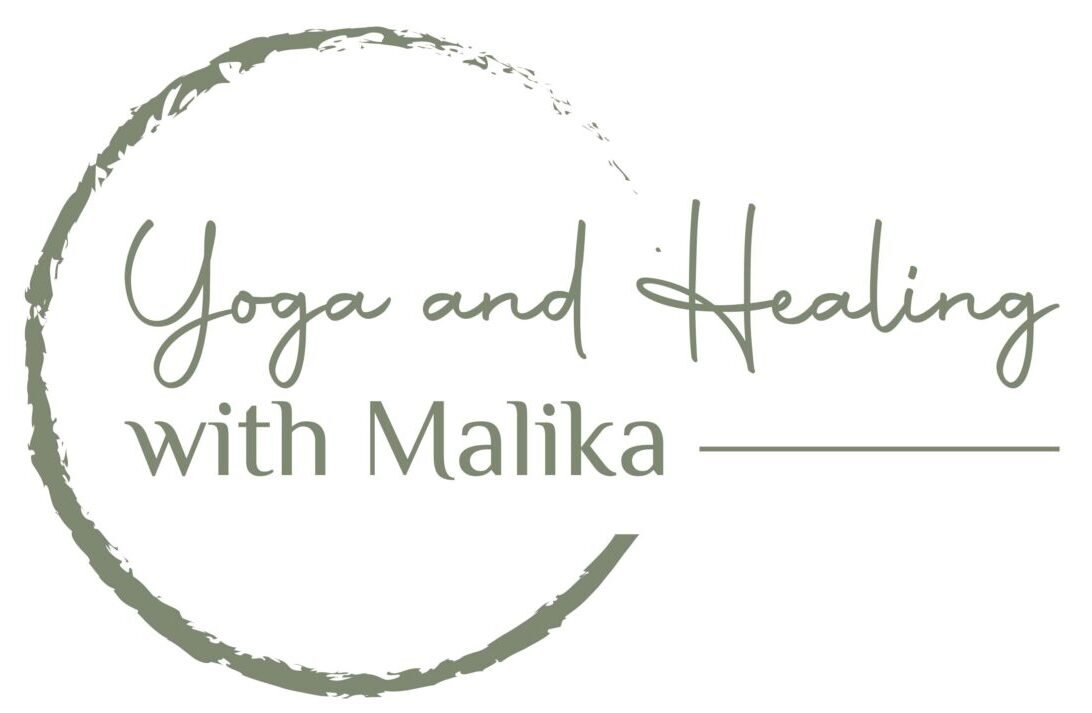Deep Breathing
A relaxation technique performed by purposefully taking slow, deep breaths. When practiced regularly, deep breathing provides both immediate and long-term relief from stress and anxiety. How Deep Breathing Works During periods of anxiety, the body triggers a set of symptoms called the stress response. Breathing becomes shallow and rapid, heart rate increases, and muscles become tense. In opposition to the stress response is the relaxation response. Breathing becomes deeper and slower, and the symptomsof anxiety fade away. Deep breathing triggers this response.
Instructions:
Sit back or lie down in a comfortable position. Close your eyes, if you would like to do so. When you’re learning, try placing a hand on your stomach. If you breathe deeply enough, you should notice it rising and falling with each inhalation and exhalation.1 Inhale. Breathe in slowly through your nose for 4 seconds. 2 Pause. Hold the air in your lungs for 4 seconds. 3 Exhale. Breathe out slowly through your mouth for 6 seconds. Tip: Pucker your lips, as if you are blowing through a straw, to slow your exhalation. 4 Repeat. Practice for at least 2 minutes, but preferably 5 to 10 minutes
Sign Up For Free Newsletter
Be the first to hear about upcoming classes, special offers, and retreats.

